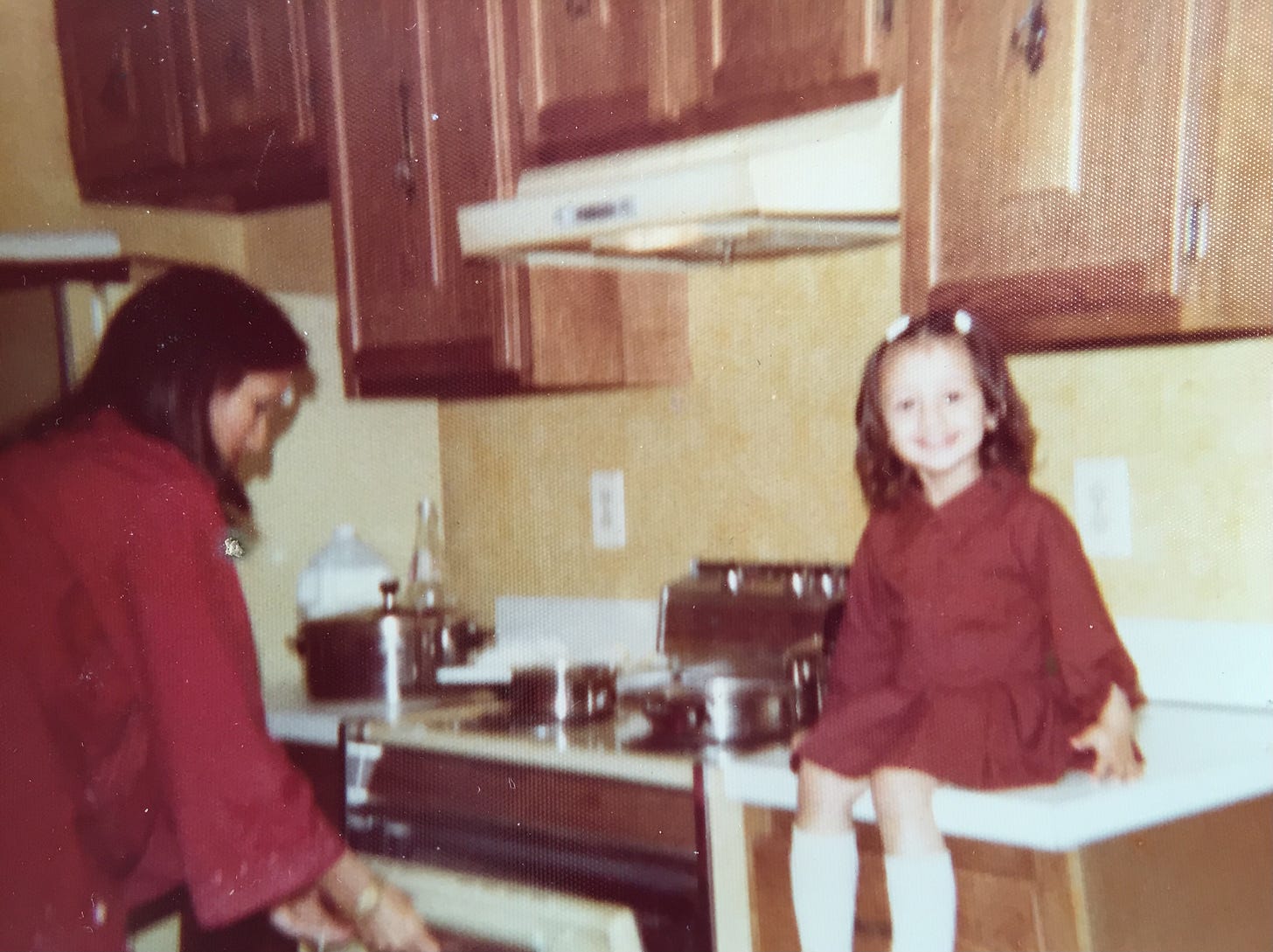
I never learned to cook by following recipes. I learned the way most women in my part of the world do—by watching hands transform dough into little triangular samosas, by listening to recipes unfold through stories, told with a pinch of this, a handful of that, and by knowing—when the fragrant grains of basmati had swelled up, or when the gravy in the ginger-scented chicken curry needed an extra splash of water. All without ever measuring an ounce.
That Urdu word is Andaza—the visceral knowledge that comes from years of seeing the hands of the women in my family move through familiar motions, from hearing the sound of garlic and ginger sputtering in ghee, and knowing when it is perfectly golden. My Ami (mum) never left the stove, not even for a moment, standing in her kitchen, stirring the oil-soaked onions, as they darkened just enough, knowing that in the span of one breath, they could cross from fragrant to burnt.
Andaza meant washing fresh cilantro, letting the water run through its curly, tangled stems, and chopping it the way I always saw my mother doing, measuring not with cups, but by the weight in my hands, the scent rising fresh and sharp, telling me it was enough.
Andaza meant rubbing whole cumin seeds between my palms to release their aroma, and crushing garlic in my mortar and pestle till it resembled a beautiful white paste. It was a way of cooking that lived in the senses, not on the page.
But over time, I began to put pencil to paper. Writing my Ami’s recipes down, testing them, refining them—turning instinct into something structured, something that could be followed and recreated became a passion. It was the reason why my blog, The Spice Spoon, came to be: to capture what had only ever been passed down by memory, to turn instinct into something structured. Because there’s beauty in that too. A well-written recipe is a map, guiding you through unfamiliar territory, helping you get somewhere you might not have reached otherwise.
And yet, there’s still something irreplaceable about learning by watching. About seeing someone move through a recipe in real time, watching how you hold your knife, how you stir the lentils in the pot, how you decide when something is done—not because a timer goes off, but because it looks, smells, and feels right.
We are scattered across continents, cities and time zones, but we’re still connected. And one of the most meaningful ways to share that connection is by cooking together. That’s why I love cookalongs—because they bring us into the same kitchen, even if just for a little while.
This Thursday, February 6th, exclusively for my subscribers, I’m hosting a Cookalong on Zoom (free), and I’d love for you to join me. Just watch, you don’t have to cook.
This is the kind of food we turn to on cold winter nights—hot, crisp at the edges, something to dip, something to pile high on a plate, eaten straight from the pan while it’s still hot. But it’s also the food of Ramadan, the iftar treats you set out just before sunset, when hunger is sharpened.








The art of Andaza! Nothing compares. What a nostalgic read. 🩵
thank you for sharing this reflection! actually you may have enlightened me about actually why i’m really attached to exact proportions and cooking time in cookbooks.
it’s because i have virtually never observed someone cooking in my family ( food was not really important and almost never prepared at home) So i went into the living alone at 19 without any idea about cooking